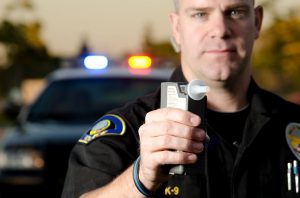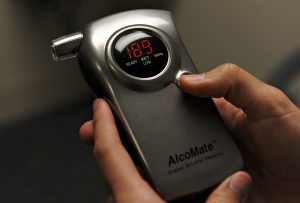Search
Intoxilyzer 9000 – Michigan’s New Breath Test Instrument
Effective immediately, the Intoxilizer 9000 is replacing the DataMaster DMT as Michigan’s new breath test instrument. If you are arrested for DUI in Michigan, the chances are good your breath will be tested on a 9000. If you were over the legal limit, then keep in mind that a top DUI lawyer can beat breath test results in court.
However, for a short period of time, both breath alcohol test instruments will be used. Consequently, depending on the date and time of your evidential breath alcohol test, the police may have used the outdated DMT. If this is true in your case, then be sure to hire a top DUI defense lawyer to represent you. Breath test results rendered by the DMT are inherently untrustworthy. See this article if you are not sure how to find a top Michigan DUI lawyer.
This change to the 9000 is primarily due to the age of the DMTs currently in service. Also, the inability to obtain parts for this older equipment, and MSPs desire to employ newer technology. The Intoxilizer 9000 is widely used across the United States and is often relied upon by law enforcement agencies to determine whether an individual is legally intoxicated.
 Michigan Criminal Defense Lawyer Blog
Michigan Criminal Defense Lawyer Blog


 There’s a secret that law enforcement don’t want you to know about breath testing. A secret so good, that once you know it, you can pass a breathalyzer test every time. As you will see, beating a breathalyzer is easy, no matter the amount of alcohol in your system. It’s all about breathing patterns. And this little secret shows how bad breathalyzers really are a measuring blood alcohol content (BAC) levels.
There’s a secret that law enforcement don’t want you to know about breath testing. A secret so good, that once you know it, you can pass a breathalyzer test every time. As you will see, beating a breathalyzer is easy, no matter the amount of alcohol in your system. It’s all about breathing patterns. And this little secret shows how bad breathalyzers really are a measuring blood alcohol content (BAC) levels. Many people ask us if you can get a DUI for being high? The answer is yes, you can get a DUI in Michigan for being high on Marijuana. If you use cannabis for medical or recreational purposes, you might wonder “how do cops test for a weed DUI? Police officers will use the same kind of roadside tests used for one involving alcohol. So from this perspective there is little difference in a DUI with weed vs. alcohol.
Many people ask us if you can get a DUI for being high? The answer is yes, you can get a DUI in Michigan for being high on Marijuana. If you use cannabis for medical or recreational purposes, you might wonder “how do cops test for a weed DUI? Police officers will use the same kind of roadside tests used for one involving alcohol. So from this perspective there is little difference in a DUI with weed vs. alcohol. President Joe Biden’s Investment and Infrastructure and Jobs Act (IIJA) does require automakers to install advanced impairment detection technology, and sets a timeline for doing so. It is up to the transportation department to decide what technology to use.
President Joe Biden’s Investment and Infrastructure and Jobs Act (IIJA) does require automakers to install advanced impairment detection technology, and sets a timeline for doing so. It is up to the transportation department to decide what technology to use.